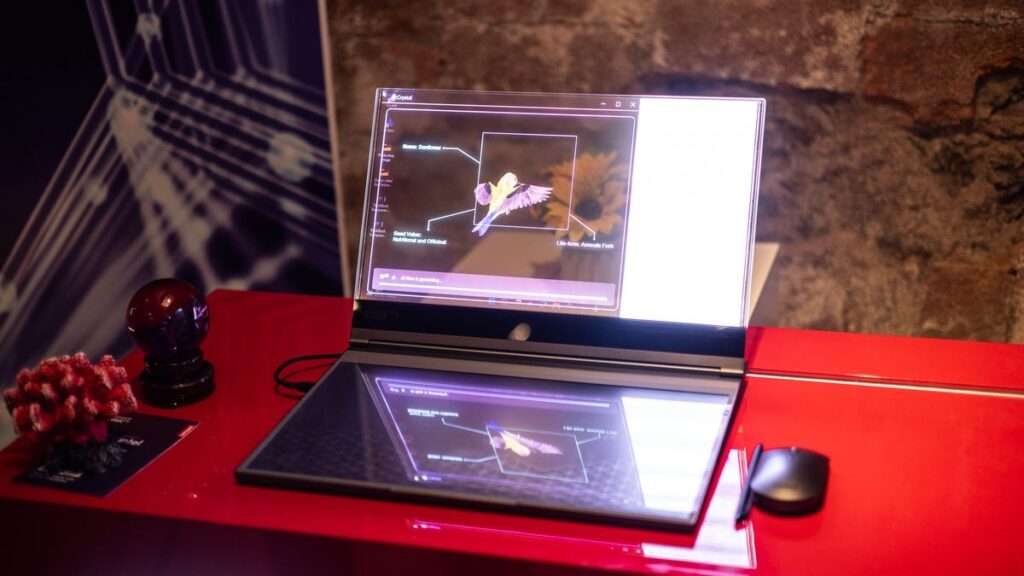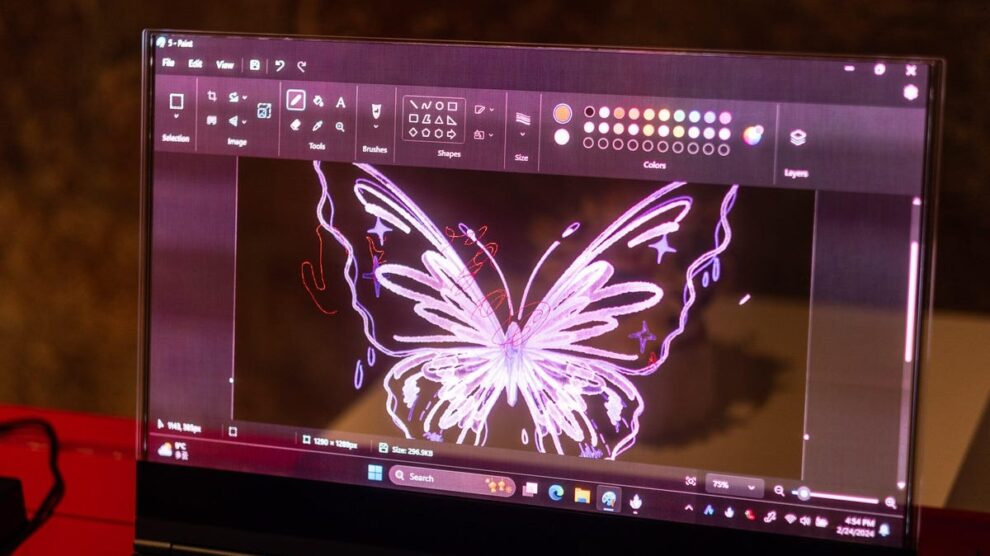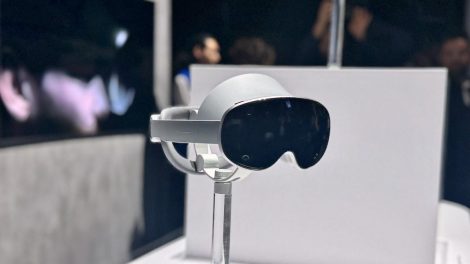Technology juggernaut Lenovo dazzled crowds recently at MWC 2024 unveiling an intriguing transparent display laptop prototype seeming to defy perceptual boundaries across physical and digital realms. By overlaying virtual imagery contextually atop real environments, they offered a provocative perspective on exponentially more immersive ambient computing horizons ahead.
In this analysis, we dive deeper into the pragmatic applications and paradigm shifting possibilities presented by melding transparent interfaces onto powerful productivity hardware as portrayed within Lenovo’s visionary prototype.
Reimagining Display Interactions via Transparency
Core to Lenovo’s proposal involves utilizing transparency rather than opacity for enabling graphical overlays upon reality directly viewed through the screen itself due to:
Micro LED Construction
Conventional LCDs leverage back illumination passing through pixel shutters – unable to replicate scenes behind displays. But Micro LED’s per pixel light emission through a transparent substrate enables merging both real and virtual scenery.
Enhanced Depth Perception
Our visual cognition expects occlusion between foreground and background objects. By preserving those depth cues with see through monitors, significantly heightened content immersion intensifies uniquely.
Reduced Eye Fatigue
Since transparent displays avoid image relay eye focus swapping headaches plaguing most AR gear, transparent laptop integration promises easier adoption answering skepticism.

Practical Applications Across Domains
Beyond the obvious gee-whiz allure factors around see through screens, Lenovo’s prototype revelation aims spotlighting where such capabilities prove indispensable over time:
Design and Engineering
Overlaying 3D renders atop physical prototypes for tolerancing evaluation or spatially scanning environments to capture precise measurements suit field applications.
Surgical Training and Guidance
Augmented anatomy diagram aids navigating tissues or expert annotated real-time MRI scan assistance enable precise practice regimens.
Immersive Data Analytics
Interpreting complex datapoints gets more intuitive when directly layered atop physical subjects represented – identifying correlations clearer.
These early scenarios only scratch the surface as transparent displays permeate workstation roles more pervasively.
Pushing Display Innovation Envelopes
Along expected rapid transparent interface refinements like resolution, brightness and panel sizes, Lenovo’s R&D executive hints at a few additional vectors they already started pioneering:
Curved Surface Adaptability
Developing techniques to seamlessly mold display geometries upon diverse physical product contours beyond just flat planes unlocks customization opportunities.
Touch Interactivity
Incorporating contact sensing capability facilitates direct content manipulation through the transparent display itself instead of traditional touchpads or mice.
Computer Vision-Based Control
Integrating scene cameras on board coupled with machine intelligence algorithms grants gesture and expression recognition to enable unprecedented levels of hands-free human-device interaction.
Such multi-modal innovations promise increasingly eroding technology barriers between human talents and artificial tools through symbiotic collaboration.
Long Term Societal Impacts
Looking even further beyond Lenovo’s pragmatic transparent laptop concept, intriguing questions arise on permanent cultural shifts expected when visual gateways separating reality from digital dimensions dissolve through adoption scales of technologies like:
Redefined Information Contexts
With always available data overlay perspectives, nearly every environment gets redefined based on dynamism, personalization and revelation Needs shaping ambient intelligence flows.
Blending of Real and Virtual
As augmented transparent screens pervade work and living spaces, they introduce paradoxical experiences where managing expectations between original and processed depictions raise complex human adaptations.
Realignment of Economic Incentives
Transitioning to mixed reality productivity ecosystems spawns unfamiliar technical skills demand, content creator roles and fresh intellectual property considerations requiring updated institutional frameworks.
Therefore Lenovo’s visionary transparent laptop Points merely the first stop on certain technology transformation journeys promising profoundly upgraded lifestyles if guided deliberately.










Add Comment